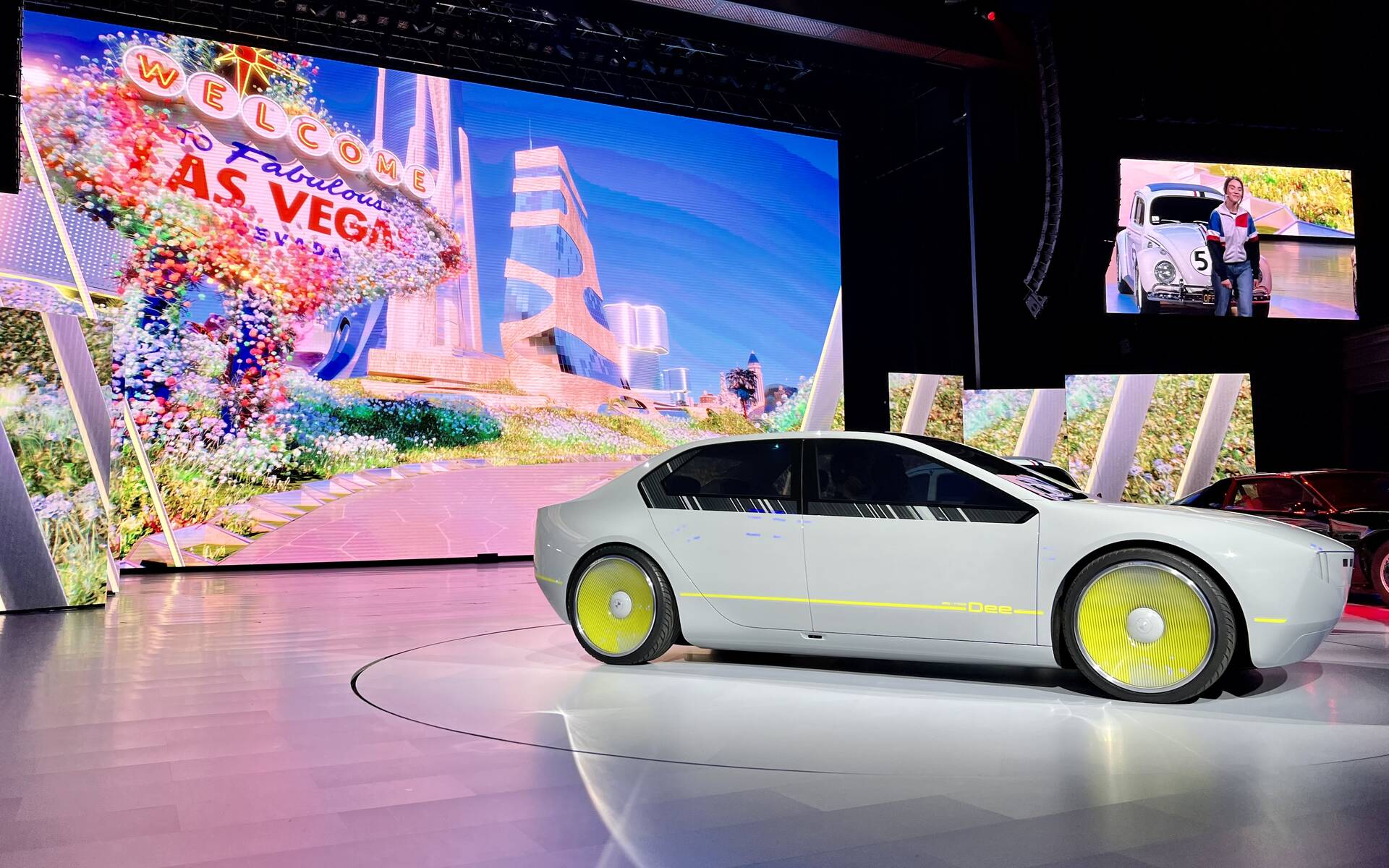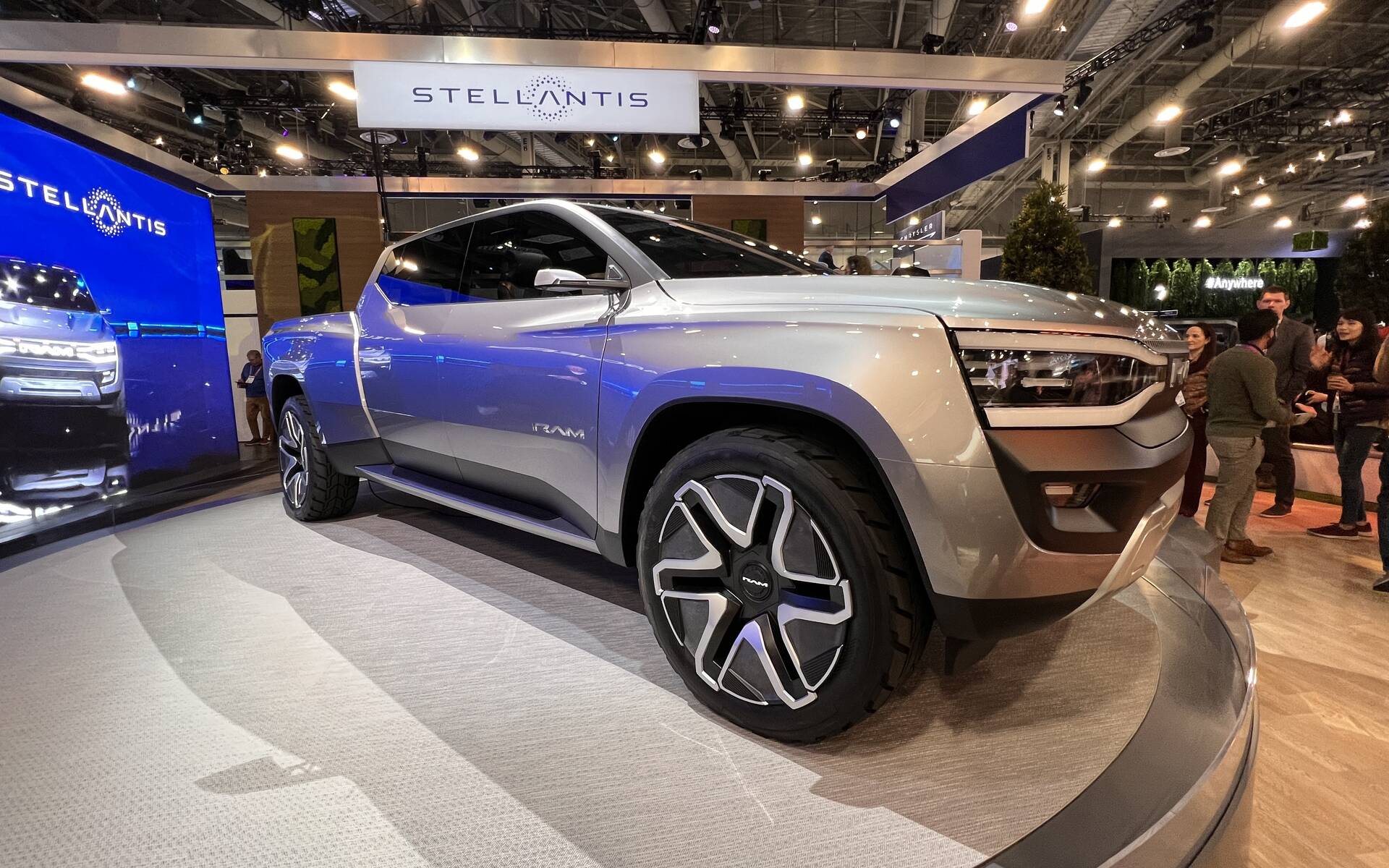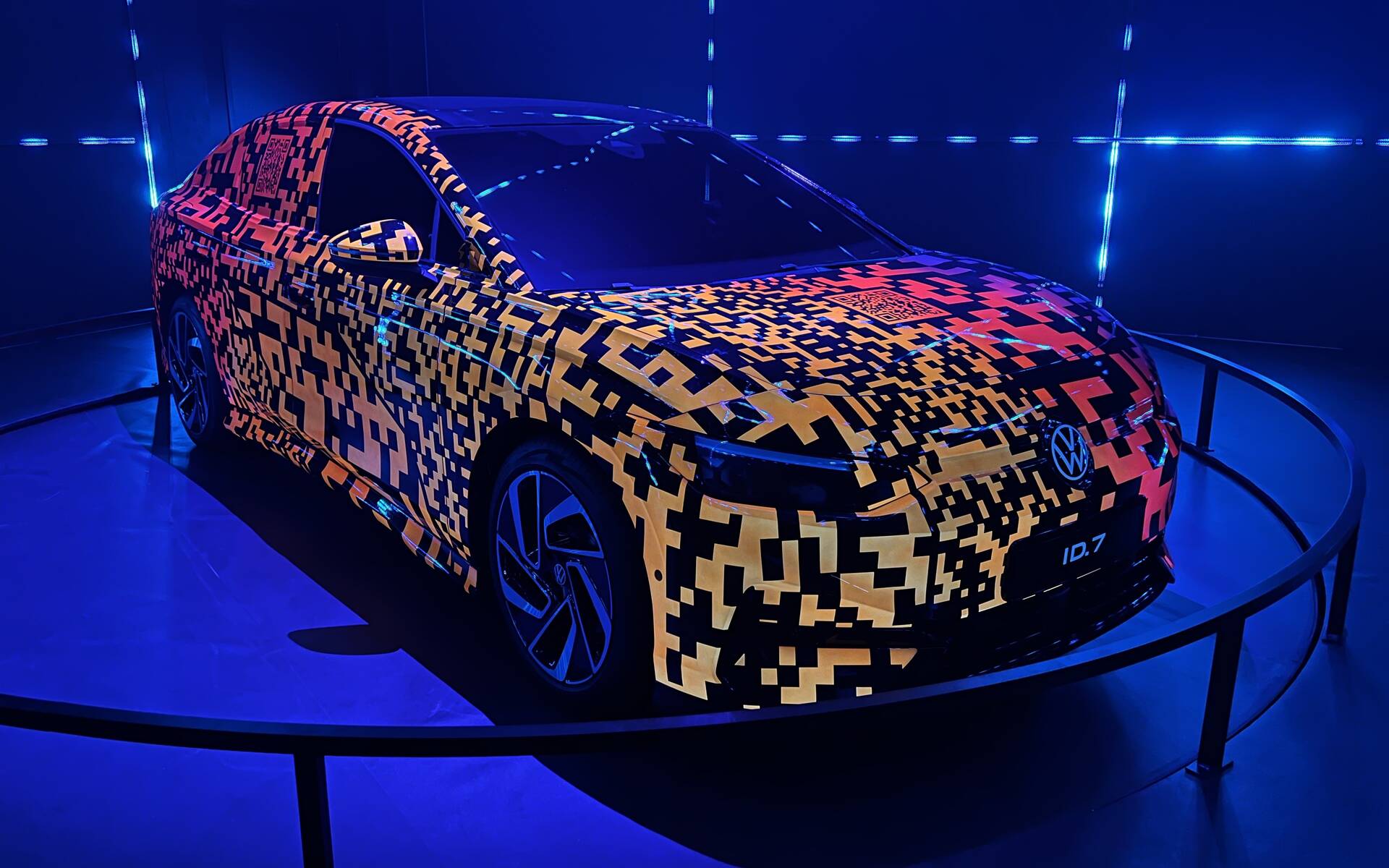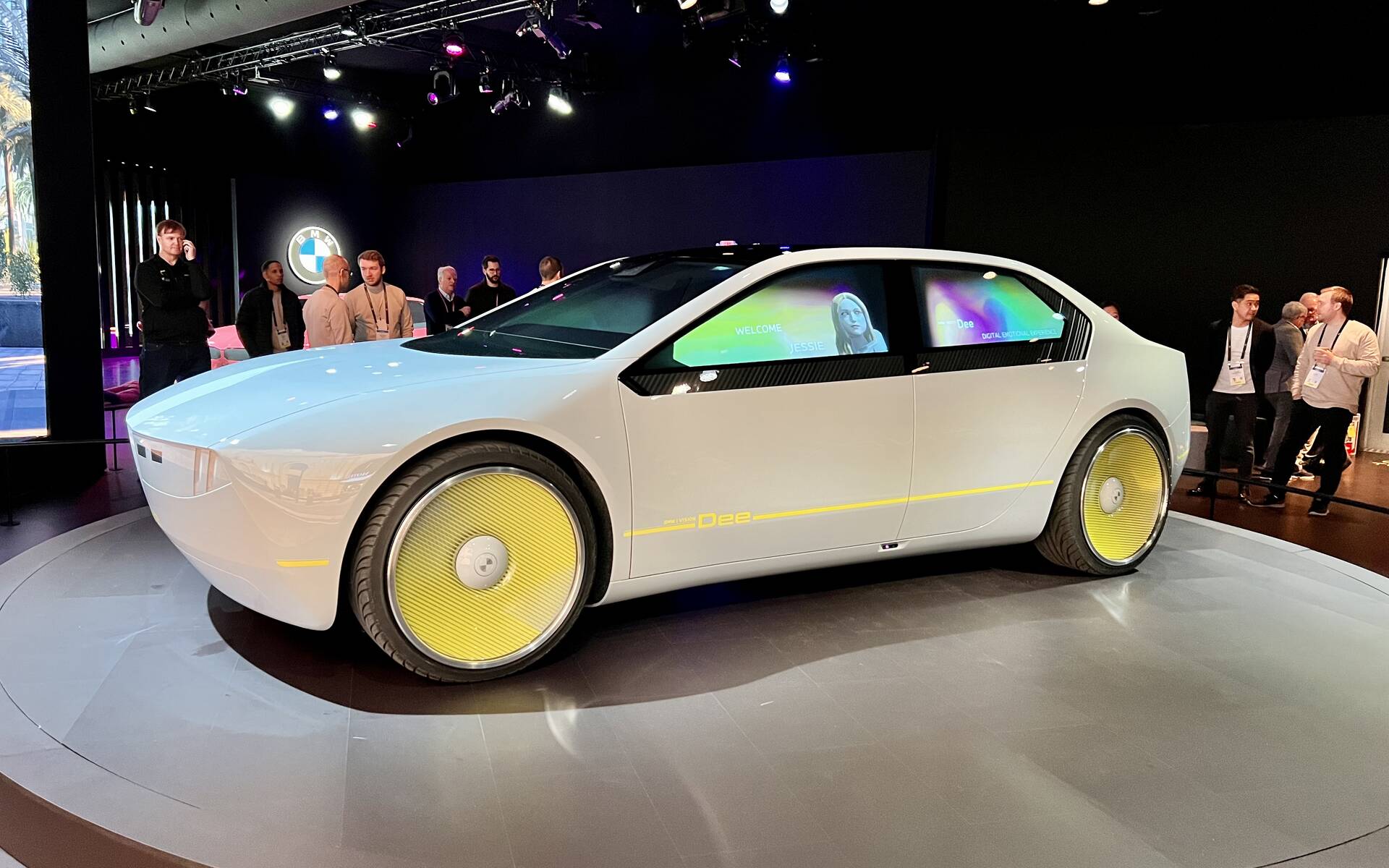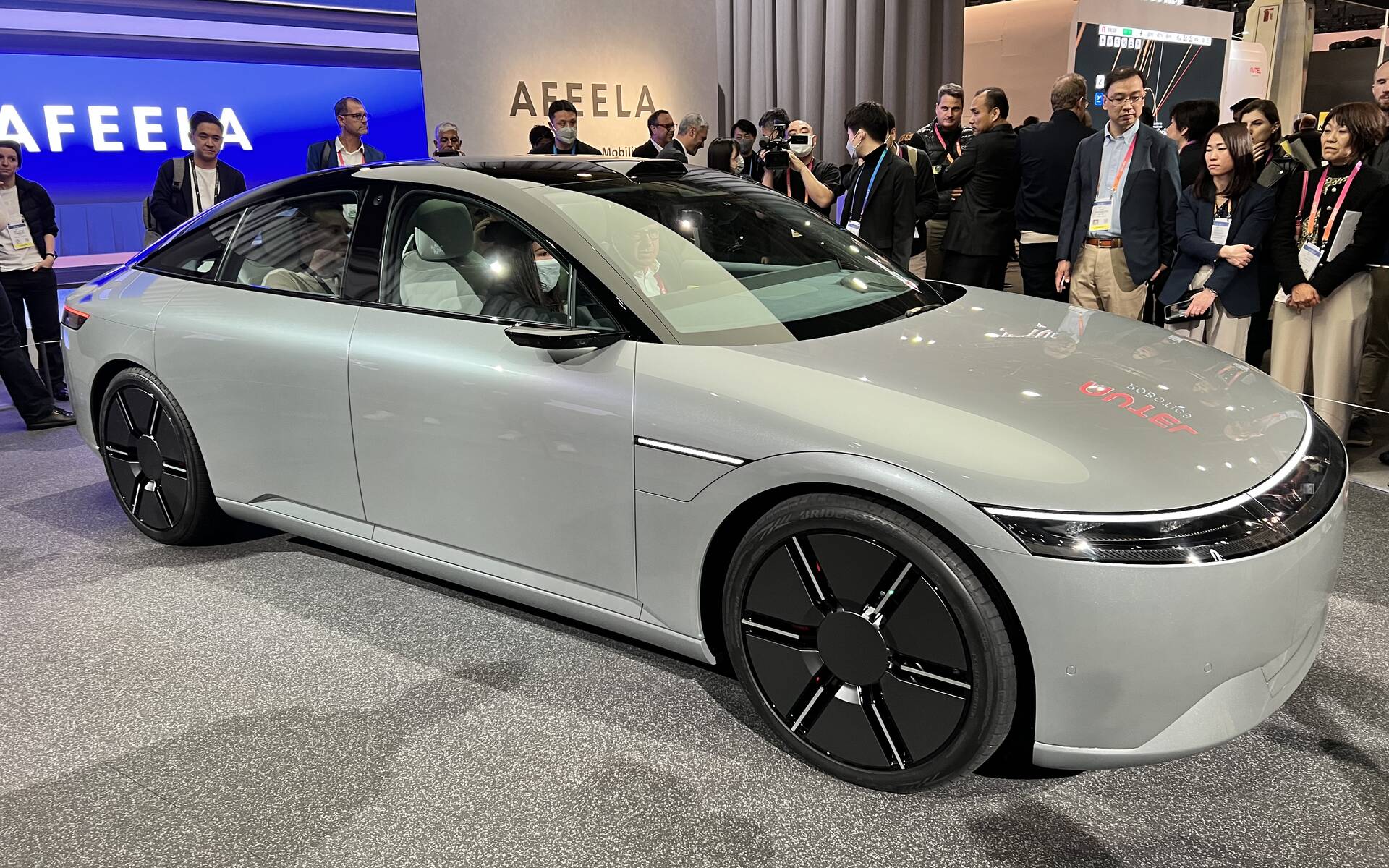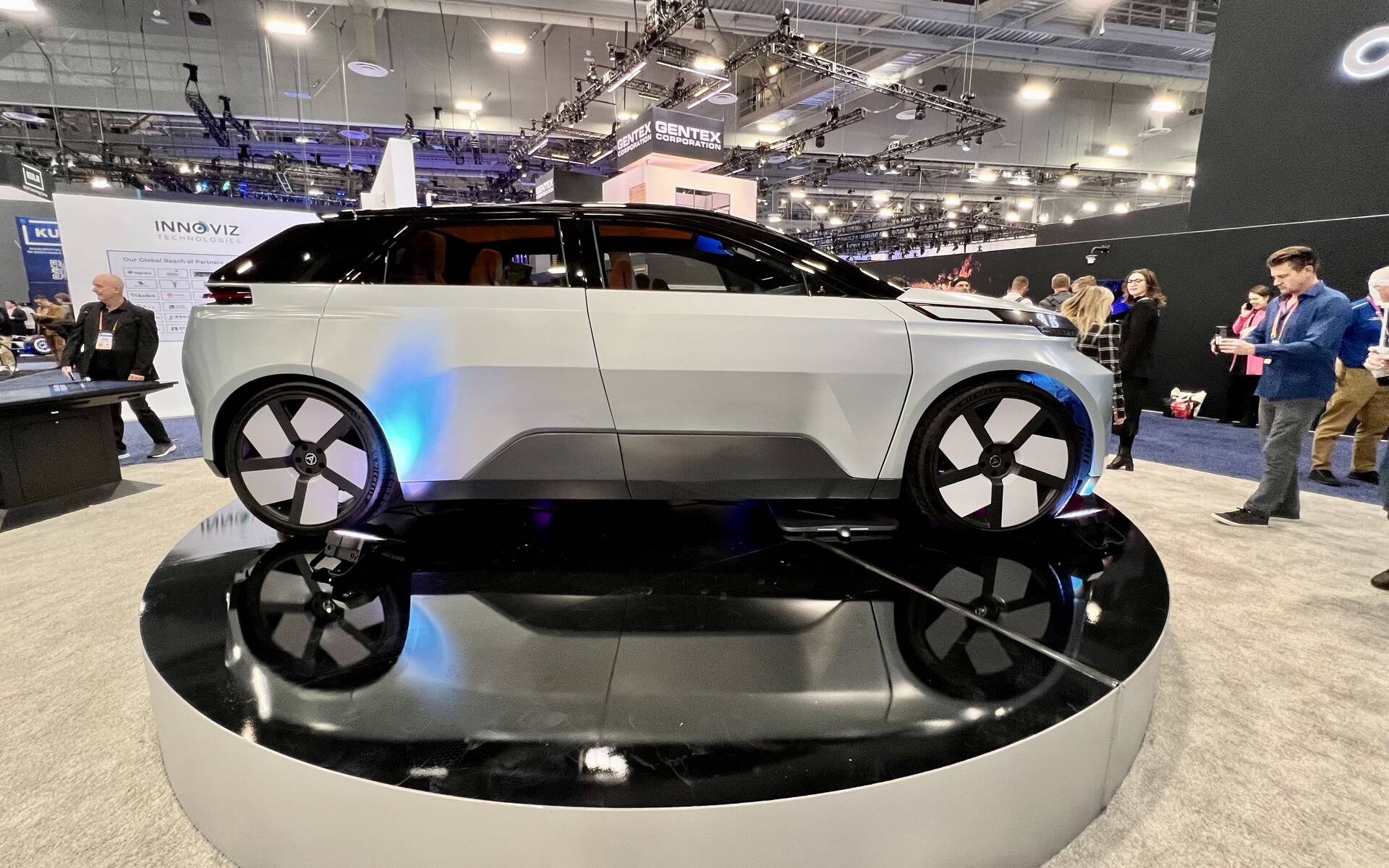CES 2023: When Auto and Tech Collide
The 2023 edition of CES (Consumer Electronics Show) last week in Las Vegas once again showed that cars are being increasingly defined by technology and connectivity. In fact, the event has become just as important as traditional auto shows—and maybe more—in the eyes of some automakers.
In case you missed it, let’s do a little recap.
Ram 1500 Revolution
Without question, Ram’s electric pickup concept stole the show. The production model will be revealed a few months from now and go on sale next year as a direct response to the Ford F-150 Lightning, Chevrolet Silverado EV and GMC Sierra EV.
The LED “tuning fork” design and illuminated RAM badges are fully animated and give the vehicle a unique signature. Under the full glass roof with electro-chromatic panels, the cabin is four inches longer than that of the current production truck, while the doors have been reimagined in a grand saloon style opening that showcases a cavernous occupant space without a B-pillar. Don’t look for this configuration to carry over at the factory. Same thing about the cameras replacing the side mirrors.
Don’t miss our next blog post as we’ll take a closer look at the various innovations of the Ram 1500 Revolution—including third-row jump seats!
Volkswagen ID.7
Volkswagen introduced a large electric sedan at CES. Called ID.7 and based on the German automaker’s MEB architecture, it’s derived from the ID. Aero concept we saw last year. For some reason the car was sporting camouflage—the actual production model will be shown in the second quarter of 2023.
The unique thing about this particular, QR code-inspired camo treatment is that 40 layers of paint were applied, some of which are conductive while others have insulating properties. A total of 22 areas of the vehicle can be controlled separately and are electrified below the top layer of paint (electroluminescence) so that they light up. Pretty cool, isn’t it?
Inside, the ID.7 features a new display concept with an augmented reality head-up display combined with a Tesla-like 15-inch centre touchscreen. And consider this: the vehicle can detect when the driver is approaching based on their key and will already start to cool the interior on hot summer days or heat the interior on cold days before the driver gets into the car.
BMW i Vision Dee
BMW says the i Vision Dee concept fuses the physical and virtual worlds while previewing the integration of new features to Neue Klasse models that are scheduled to launch in 2025.
The digital experience delivered by the i Vision Dee starts with a personalized welcome scenario that combines graphical elements, light and sound effects. The lighting units and the front grille can take on various shapes mimicking facial expressions in order to communicate with people around the vehicle.
Inside, BMW is introducing a new head-up display system that can project content onto the entire windshield or select parts. Said content can be selected via the BMW Mixed Reality Slider, which is part of the dashboard.
AFEELA
As Honda prepares to launch its first fully electric crossover, called Prologue, in Canada sometime in 2024, its new partnership with Sony materialized at CES with the debut of an electric sedan concept. A production model will hit North American roads under a new brand called AFEELA in the spring of 2026.
For now, the car you see is an evolution of the Sony Vision-S concept that was shown at CES three years ago. The exterior design focuses on clean and aerodynamic surfaces. One feature that stands out is the so-called “Media Bar” up front, which enables interactive communication between the AFEELA and pedestrians or other vehicles. No fewer than 45 cameras and sensors are mounted inside and out, with a capacity of 800 TOPS of maximum computing power for the ECU. That’s 800 trillion operations per second, just to be clear.
Project Arrow
Another star at CES this year was an all-Canadian electric SUV concept called Project Arrow. This fully operational and driveable vehicle is a collaboration between nearly 60 different companies in Canada and led by the Automotive Parts Manufacturers’ Association (APMA). Development began about three years ago but was slowed down by the pandemic like so many others.
Quebec-based Fastco Canada supplied the boldly styled wheels, while the suite of five cameras, four radars and two lidars is supported by technology from Leddartech. Following CES, the concept will go on a two-year tour, stopping by auto shows and also visiting OEMs. The goal is to find a production partner among them.
